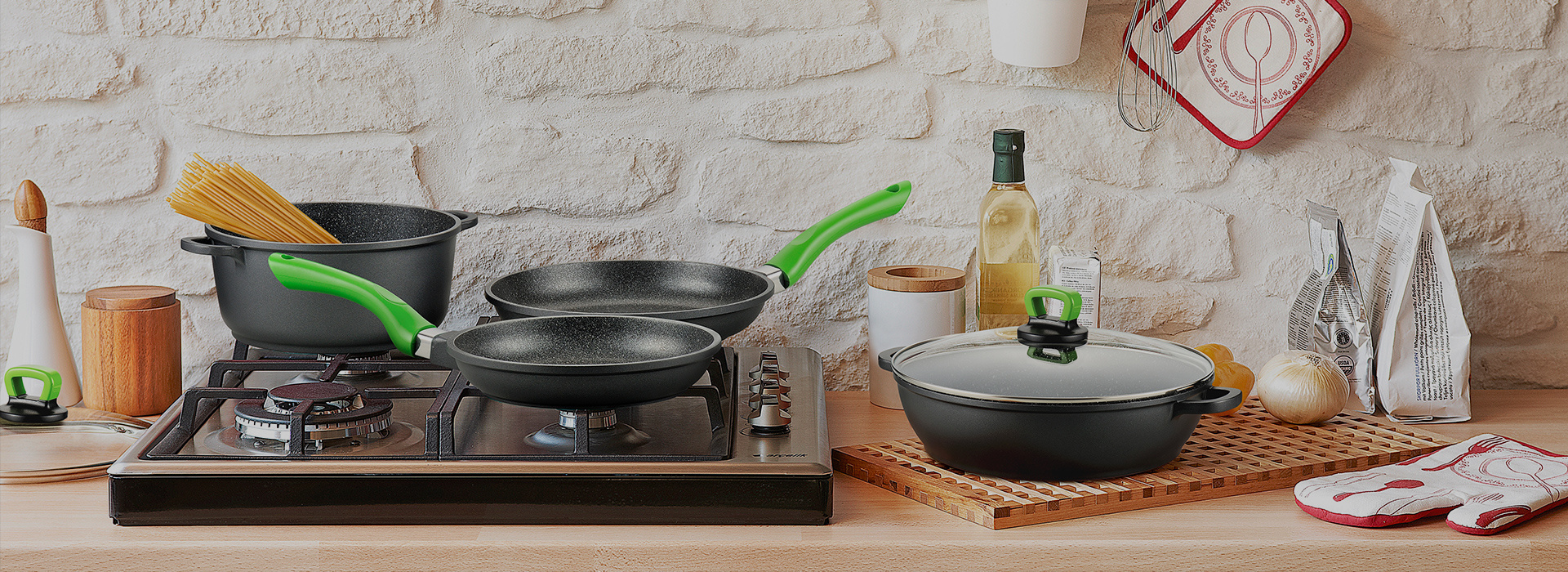26
2022-07
Explain in detail the classification of kitchen utensils and the purchase of kitchen utensils
author:
Explain in detail the classification of kitchen utensils and the purchase of kitchen utensils
The so-called workers must first sharpen their tools if they want to be good at their work. To prepare delicious food, of course, must have a set of clean and efficient kitchen equipment. Use advanced kitchen appliances to help you master the heat and speed of the cooking process and create a table of exquisite food. Today, the editor will explain in detail the classification of kitchen utensils and the purchase of kitchen utensils.
Kitchen utensils mainly include the following five categories:
The first category is storage utensils, which are divided into two parts: food storage and utensil storage. Food storage is divided into two types: refrigerated and non-refrigerated. Refrigeration is provided by refrigerators and freezers in the kitchen. Utensil storage is to provide storage space for tableware, cooking utensils, utensils, etc. Storage appliances are completed through various base cabinets, wall cabinets, corner cabinets, multifunctional decorative cabinets, etc.
The second category is washing utensils, including hot and cold water supply systems, drainage equipment, washbasins, wash cabinets, etc. Garbage bins or sanitation bins should be set up after cleaning the garbage generated by kitchen operations. Modern home kitchens should also provide equipment such as disinfection cabinets and food waste shredders.
The third category is conditioning utensils, mainly including conditioning countertops, finishing, cutting vegetables, ingredients, conditioning and other appliances. With the advancement of science and technology, there are more and more vegetable cutters, juicers, and brewers used in household kitchens.
The fourth category is cooking utensils, which mainly include stoves, stoves and related cooking utensils and utensils. With the progress of the kitchen revolution, rice cookers, high-frequency induction cookers, microwave ovens, microwave ovens, etc. have also begun to enter the family in large numbers.
The fifth category is catering utensils, which mainly include restaurant furniture and utensils and utensils for dining.
In the past, the family kitchen was a relatively independent area, but now it is integrated with the family space. Therefore, the requirements for the appearance of kitchen utensils are becoming more and more particular. It is no longer necessary to place kitchen utensils and wash vegetables, but to pursue the beauty of kitchen utensils. The requirements for modern complete sets of kitchen utensils are no less than that of other furniture, and modern kitchen utensils with various styles are deeply loved by consumers.
In ordinary families, because the kitchen space is not large, kitchen utensils with lighter colors are more popular, such as green and light gray. Refractory board is the mainstream in the surface material of kitchen utensils. The improved fire-resistant board is not only dazzling, but also has significantly improved heat resistance and durability, which has changed the previous impression of poor quality.
The full set of kitchen utensils has become more meticulous and precise in the design of storage functions, sweeping away the messy and hard-to-find dilemma in the past.
Under the concept of kitchen and bathroom integration, it should be noted that not all home appliances can be embedded in cabinets, and the coordination of materials and heat dissipation between home appliances and cabinets must be considered, otherwise the safety of home appliances will be affected. use. , endangering their own safety.
The main body of kitchen utensils is upper and lower cabinets and vertical cabinets. The price unit of upper and lower cabinets is calculated by mass per meter.
The accessories of kitchen utensils include sinks, faucets, gas stoves, range hoods, dishwashers, trash cans, seasoning cabinets, etc. You can buy them yourself or ask the designer to consider them comprehensively.
The choice of kitchen utensils should pay attention to factors such as quality, function, and color. The product should be wear-resistant, acid and alkali resistant, fireproof, antibacterial and antistatic. The design should take into account the basic requirements of beauty, practicality and convenience. In terms of function, the usage habits and safety of housewives should be fully considered. Apart from personal preference, the color is mainly coordinated with the kitchen wall and floor tiles and bedroom furniture.
The door panels of kitchen utensils are made of flame-retardant fireproof panels, PVC molded panels, matte lacquer panels, super bright mirror panels, etc. In addition to Bakelite veneer, the countertops of the kitchenware also include colored stone and DuPont materials. The inner material of kitchen utensils is usually medium density board, and the better material is fireproof material with green dots in cross section.
The principle of choosing kitchen utensils
1. Hygienic principles.
Kitchen utensils must have anti-pollution capabilities and have the function of preventing cockroaches, mice, ants, etc. from contaminating food, so as to ensure the inherent quality of the entire kitchen utensils.
2. The principle of fire prevention.
The kitchen is the only area of the modern home where an open fire is used. The fire and flame retardant ability of materials determines the safety of kitchen utensils and even families, especially the fire performance of the surface of kitchen utensils, which is an important criterion for choosing kitchen utensils.
3. The principle of convenience.
Kitchen operations must have a reasonable process. Therefore, it is very important for the convenience of future use that kitchen utensils should be arranged according to the correct process.
4. The principle of beauty.
Kitchenware requires strong anti-pollution ability and good cleaning performance, which requires surface materials to have good oil and fume resistance.
Related News












